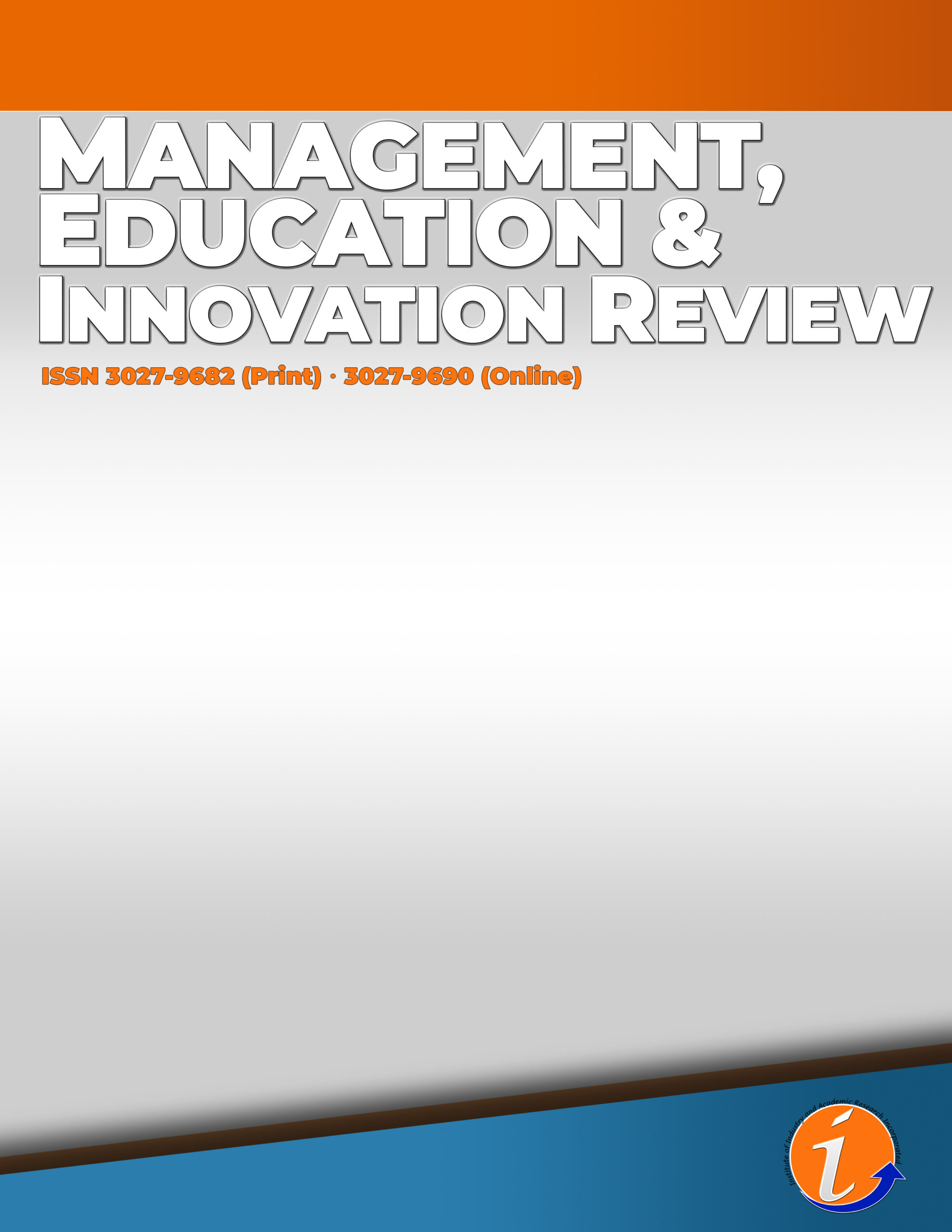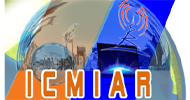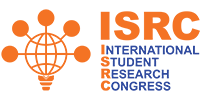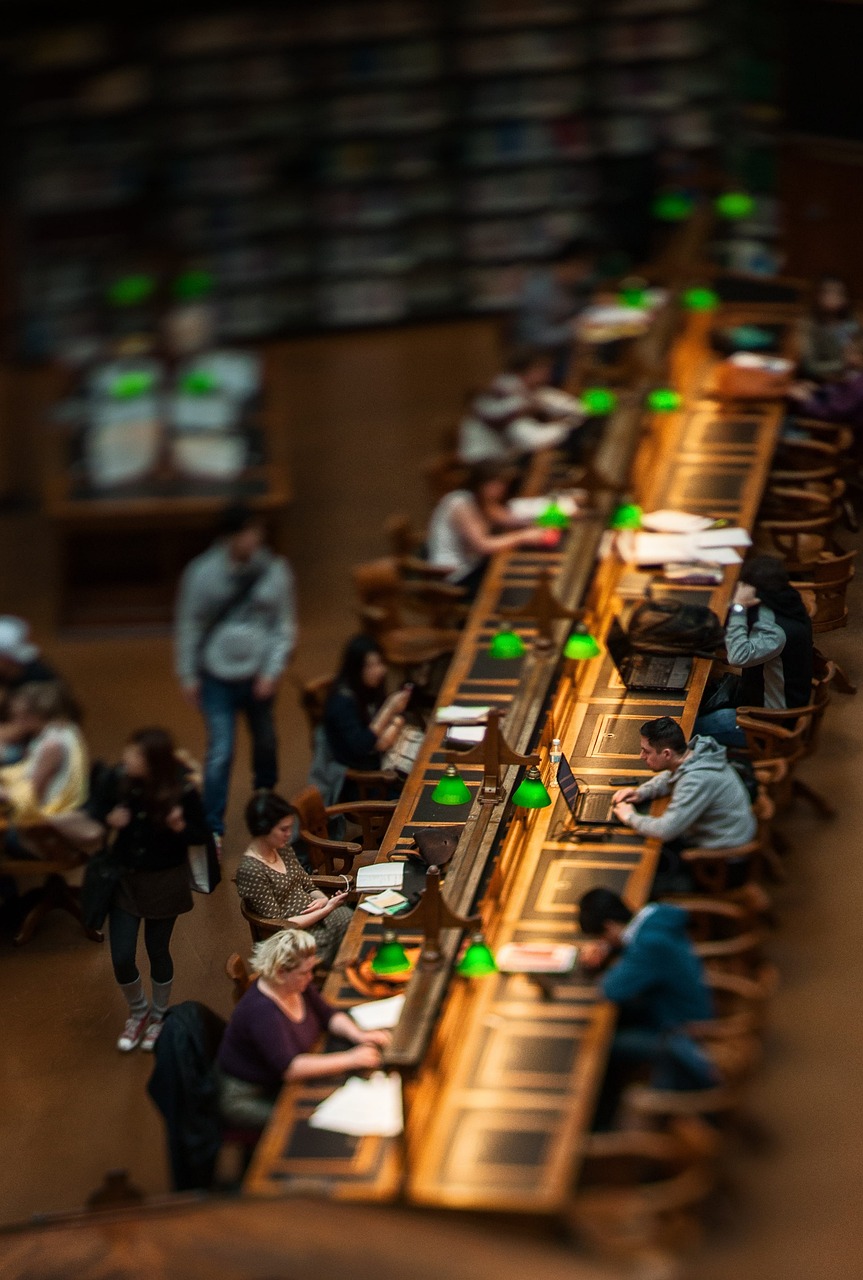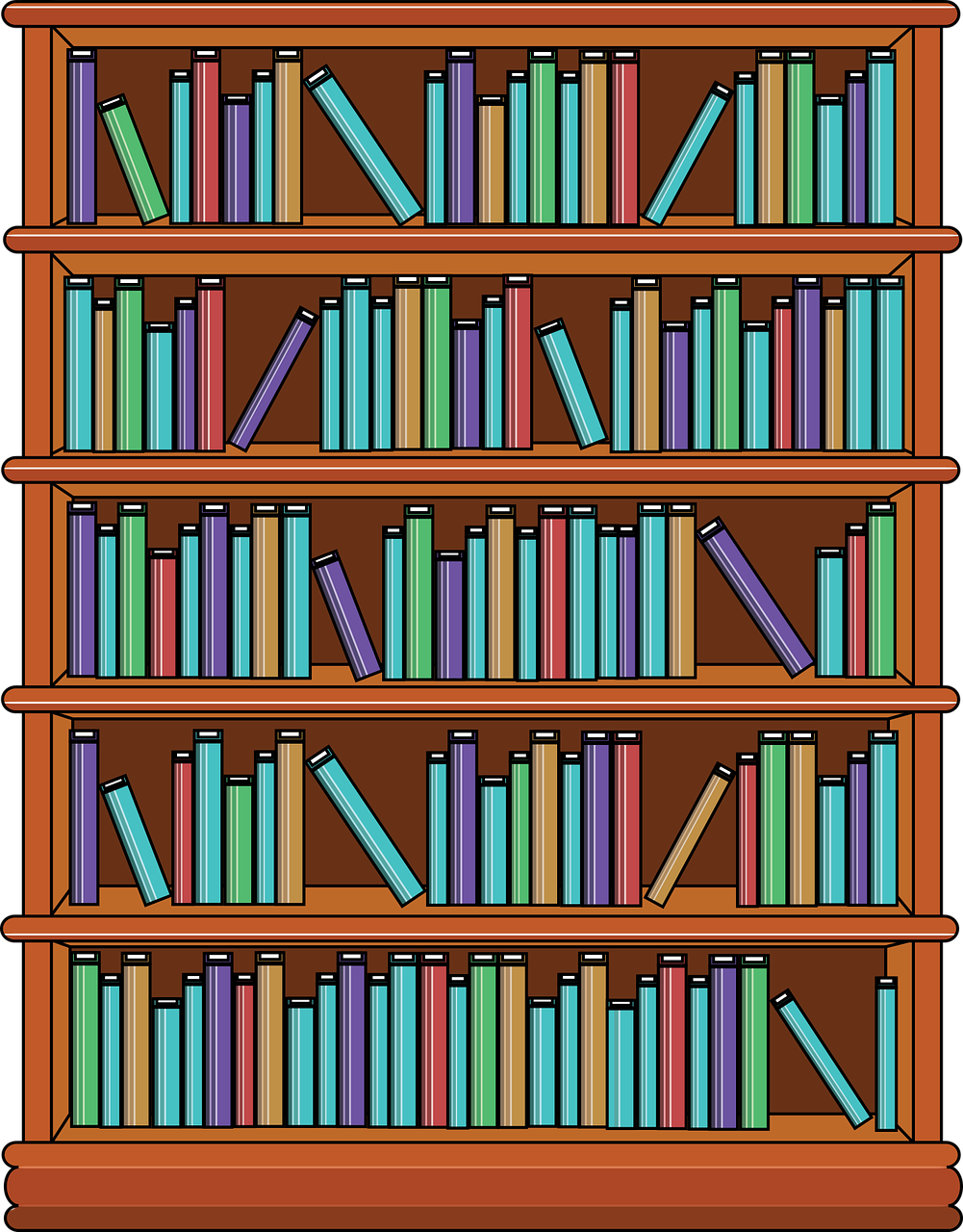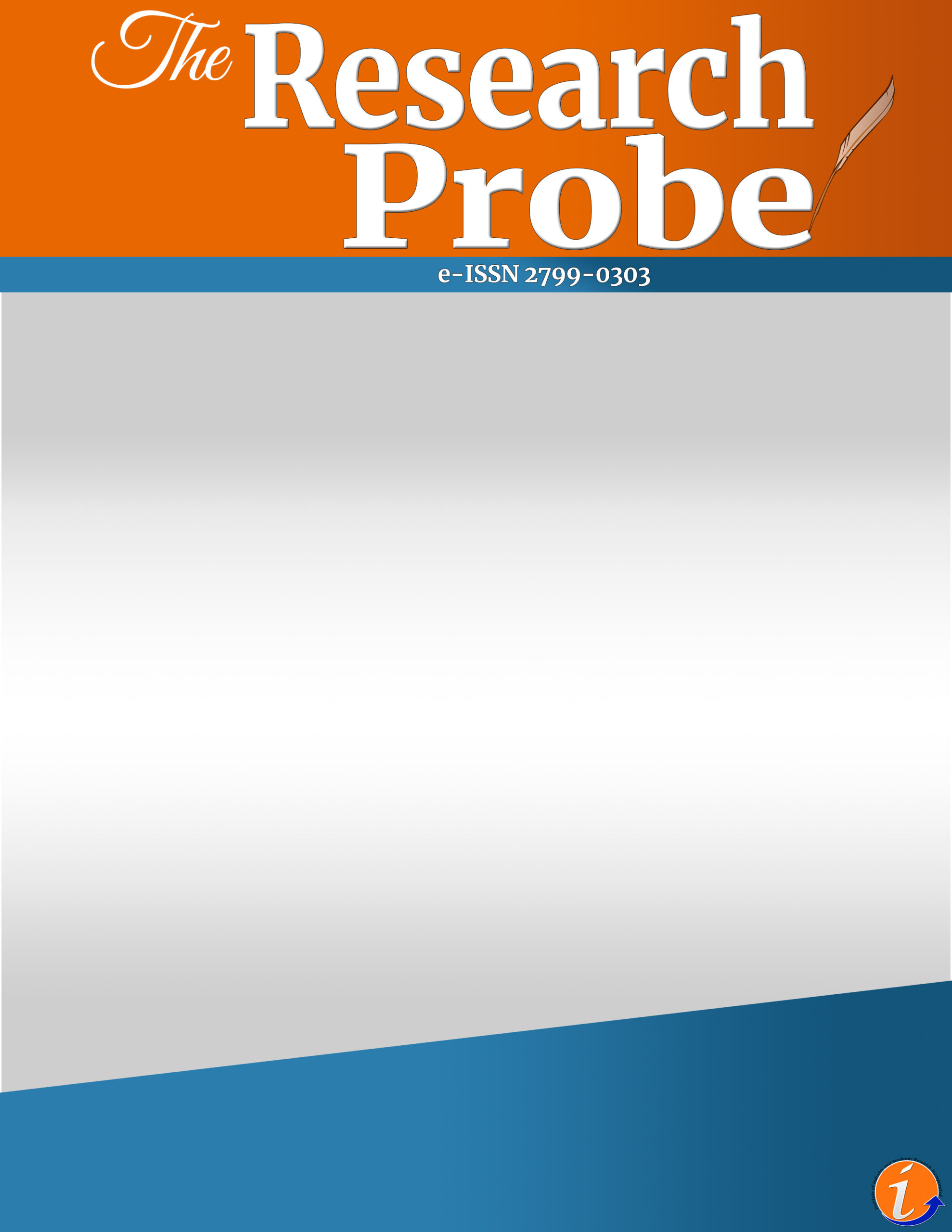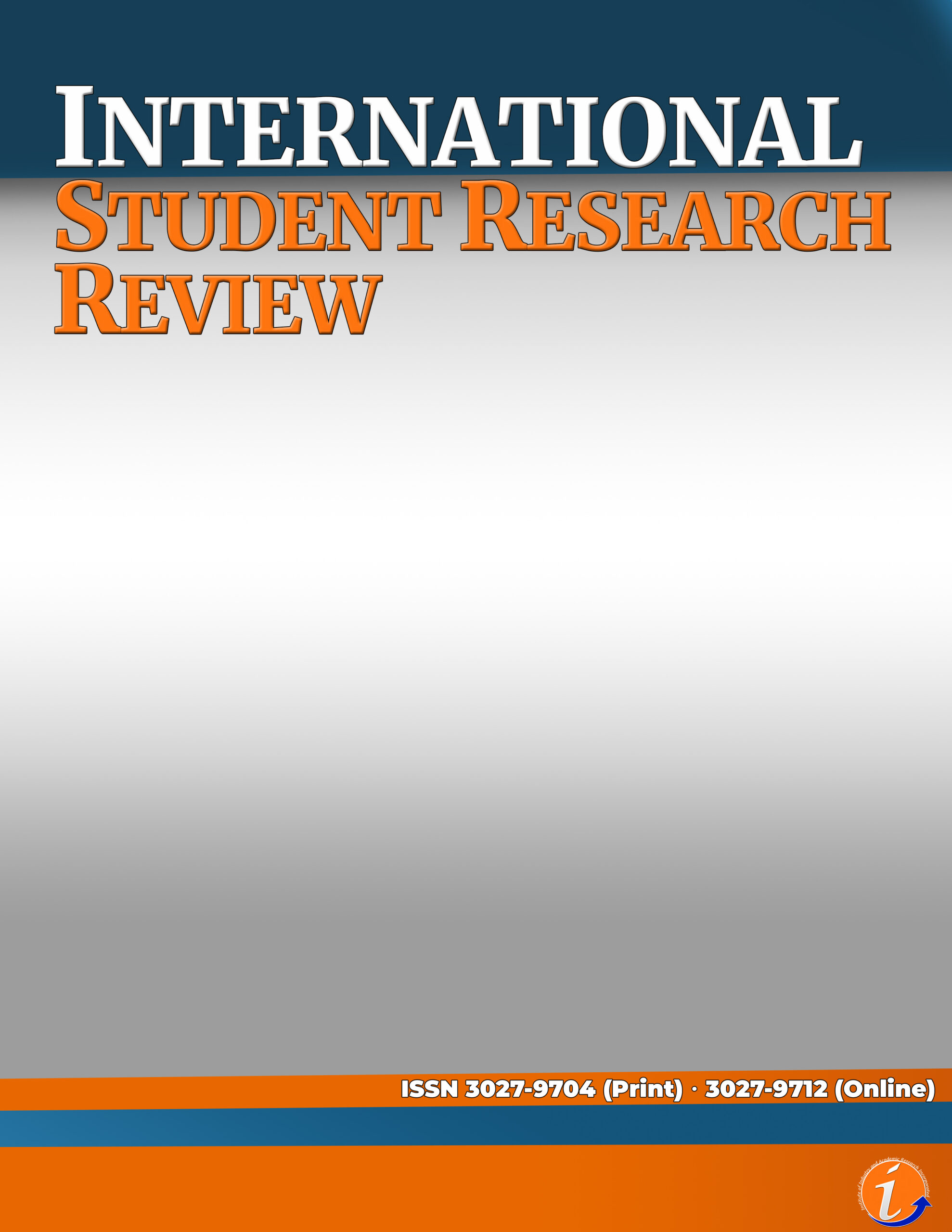Abstract
Innovative instructional methods for diverse learners have emerged as a response to the persistent global public health crisis such as the self-regulated and self-blended model. This study used descriptive research design. The 30 Grade 11 respondents were selected through purposive sampling technique. Findings showed that the respondents strongly agree on the statements of description provided for the self-blended learning material. However, the respondents practiced self-regulated learning to some extent only. Scores in the pre-test and post-test of the respondents before and after exposure to self-blended learning showed significant differences along the following subscales: knowledge, analysis, concepts and application and calculation and accuracy. On the other hand, scores of the respondents on calculation and representation and communication were not statistically significant.
Keywords: blended learning, diverse learners, innovative instructional methods, self-blended learning, self-regulated learning, statistics
References
Abel. (2020). Learning from the problems and challenges in blended learning: Basis for faculty development and program enhancement. Asian Journal of Distance Education, 15(2), 21-41. https://doi.org/10.5281/zenodo.4292631
Alrajeh, TS. & Shindel, BW (2020). Student engagement and math teachers support. Journal on Mathematics Education. 167-180
Aziz, F., Quraishi, U., & Kazi, A. (2018). Factors behind Classroom Participation of Secondary School Students (A Gender Based Analysis). Universal Journal of Educational Research, 6(2), 211- 217. https://doi.org/10.13189/ujer.2018.060201
Barnard-Brak, L., Lan, W., & Paton, V. O. (2010). Profiles in self-regulated learning in the online learning environment. International Review of Research in Open and Distance Learning, 11(1), 61-80.
Barnard, L., Lan, W. Y., To, Y. M., Paton, V. O., & Lai, S. (2009). Measuring self-regulation in online and blended learning environments. Internet and Higher Education, 12, 1-6. http://dx.doi.org/10.1016/j.iheduc.2008.10.005
Biggs, J. B., & Collis, K. (1982). Evaluating the quality of learning: the SOLO taxonomy. New York: Academic Pres.
Boekaerts, M. (1999). Handbook of self-regulation. San Diego: Academic Press.Burns, R. J. (2021) ‘Developing Dialogue: process, trial, outcomes’, paper for the 17th international conference of EARLI, Finland. http://www.robinalexander.org.uk/wp-content/uploads/2017/08/EARLI-2017-paper-170825.pdf
Bouilheres, F., Le, L. T. V. H., Mcdonald, S., Nkhoma, C., & Jandug-Montera, L. (2020). Defining student learning experience through blended learning. Education and Information Technologies. https://dx.doi.org/10.1007/s10639-020-10100-y
Burns, Mary. (2021). Distance education for teacher training: Modes, models, and methods, https://www.edc.org/sites/default/files/uploads/Distance-Education-Teacher-Training.pdf
Calderon, J. (2006). Methods of research and thesis writing (2nd Ed.). Mandaluyong City: National Bookstore.
Chiou, W. & Wan, C. (2007). The dynamic change of self-efficacy in information searching on the Internet: influence of valence of experience and prior self-efficacy. The Journal of Psychology, 141(6), 589.
Chmiliar, L. (2011). Self-regulation skills and the post-secondary distance learner. Procedia-Social and Behavioral Sciences, 29, 318-321. http://dx.doi.org/10.1016/j.sbspro.2011.11.245
Creswell, J. W., & Creswell, J. D. (2017). Research design: Qualitative, quantitative, and mixed methods approaches. Sage publications.
Cummiskey, K. (2019). Use of Games and Guided Labs in an Introductory Probability and Statistics Course.
Daher, W. (2020). Students’ positioning and emotions in learning geometric definition. Journal on Mathematics Education, 11(1), 111-134. http://doi.org/10.22342/jme.11.1.9057.111-134.
Department of Education. (2021). National curriculum: Mathematics for ages 5 to 16. Pasig City, Philippines.
Dodge, T. (2010). Personal Learning Environments: A Conceptual Landscape revisited. eLearning Papers, 35, 1-16.
Ebun, H. & Magallanes, M. (2018). Programmatic intervention research: Illustrations from the evolution of self-regulated strategy development. Learning Disability Quarterly, 22, 251-262.
Elmaneay, M. R. (2016). Difficulties in learning the content of the statistics and the probability of the third-grade students at preparatory school, and a proposed proposal for treatment them from the point of view of specialists, Master Thesis published, Faculty of Education, Qassim University, Saudi Arabia, 1-136.
Garfield, M. & Ahlgren, A. (2019). How do students deal with difficulties in mathematics? CETLMSOR Conference 2010, 34-38
Gomez-Rey, P., Barbera, E., & Fernandez-Navarro, F. (2017). Online and offline teaching and learning: A comparative study of the congruence of teachers’ and students’ perspectives. Journal of New Approaches in Educational Research, 6(2), 130-136.
Groth, R. (2018). High school students’ levels of thinking in regard to statistical study design. Mathematics Education Research Journal, 15(3).
Johnson, G. M., König, J., Robson, R., & Spooner-Lane, R. (2021). Self-blended Learning Design and Implementation. In Blended Learning Innovations in Higher Education (pp. 37-57). Springer.
Kandeel, R. A. (2019). Students’ Academic Difficulties in Learning a Statistics and Probability Course: The Instructors’ View. Journal of Education and Practice, 10(9). https://doi.org/10.7176/JEP/10-9-05
Kramarski, B. and Mizrachi, N. (2016). Online discussion and self-regulated learning: Effects of instructional methods on mathematical literacy. The Journal of educational research, 99(4), 218-230.
Lavasani, M.G., Mir Hosseini, FS., Hejazi SE., & Davoodi, M. (2011). The effect of self-regulation learning strategies training on the academic motivation and self-efficacy. Procedia – Social and Behavioral Sciences, 627-632. https://doi.org/10.1016/j.sbspro.2011.11.285.
Labuhn, A.S., Zimmerman, B.J., &Hasselhorn, M. (2010). Enhancing students’ self-regulation and mathematics performance: The influence of feedback and self-evaluative standards. Metacognition and Learning, 5 (2), 173-194.
Li, C. & Lalani, F. (2020). The COVID-19 pandemic has changed education forever. This is how. World Economic Forum. Retrieved from https://www.weforum.org/agenda/2020/04/coronavirus-education-global-covid19-online-digital-learning/
Maccoun, Hussein Salem. (2016). The effect of using blended learning on the achievement of students and information retention of fifth graders in the biology course. Faculty of Education Journal, 22 (95) 209-240.
Magpantay, T, S. (2019). Challenges in Science and Mathematics Learning. Paper presented in Curriculum Planning Class. Philippine Normal University.
Memnum, D. S. (2019). A qualitative research on the difficulties and failures about probability concepts of high school students. Journal of Educational Issues, 15(1). https://doi.org/10.5296/jei.v5i1.14146
Mutua, M. (2010). Self-regulated learning in technology enhanced learning environments: an investigation with university students. Technology, pedagogy and education, 17(3), 171-181.
Naccache, Hiba Salim (2012). Factors related to student performance in statistics courses in Lebanon. Dissertations. 852. https://aquila.usm.edu/dissertations/852
Nikolopoulou, Kassiani. (2022). What is Purposive Sampling? I Definition and Examples. https://www.scribbr.com/methodology/purposivesampling/#:~:text=Purposive%20sampling%20refers%20to%20a,on%20purpose%E2%80%9D%20in%20purposive%20sampling.
NISAU-UK (2020). Principles and Standards for School Mathematics. Reston, VA: NCTM.
Oliveira Júnior, A. P. de; Zamora, P. R.; Azevedo de Oliveira, L.; & Costa de Souza, T. (2018). Student´s attitudes towards probability and statistics and academic achievement on higher education. Acta Didactica Napocensia, 11(2), 43- 56, https://doi.org/10.24193/adn.11.2.4.
Pandero, E., & Alonso-Tapia, J. (2014). How do students self-regulate? Review of Zimmerman’s cyclical model of self-regulated learning. Anales De Psicologia, 30(2), 450-462. http://dx.doi.org/10.6018/analesps.30.2.167221
Pappas, C. (2015). The history of blended learning. eLearning Industry. https://elearningindustry.com/history-of-blended-learning
Pappas, S. (2020). SES differences in young children’s metacognition in the context of mathematical problem solving. Cognitive Development, 18 (3), pp. 431–450.
Paris, S.G. & Paris, A.H. (2001). Classroom Applications of Research on Self-Regulated Learning. https://lchc.ucsd.edu/MCA/Mail/xmcamail.2013_09.dir/pdf4cg5OwMfev.pdf
Patel, H. (2020, October 22). Digital learning 2.0: How e-learning will change the course of education. BW Education. http://bweducation.businessworld.in/article/Digital-Learning-2-0-How-E-learning-WillChange-The-Course-Of-Education-/22-10-2020-334400/.
Price, J. L. (2017). An analysis of self-regulated learning strategies, academic performance, and satisfaction among recent online high school graduates. Doctor of Philosophy (PhD), Dissertation, STEM Education & Professional Studies, Old Dominion University, DOI: 10.25777/vxxn-4j83 https://digitalcommons.odu.edu/stemps_etds/29
Sage, K., Jackson, S., Fox, E. et al. (2021). The virtual COVID-19 classroom: surveying outcomes, individual differences, and technology use in college students. Smart Learn. Environ. 8, 27 (2021). https://doi.org/10.1186/s40561-021-00174-7
Schraw, G. and Mossman, H. (2016). Promoting self-regulation in science education: metacognition as part of a broader perspective on learning. Research in Science Education, 36, 111-139.
Schunk, D. (2010). Self-regulation through goal setting. https://cyc-net.org/cyc-online/cyconline-june2010-schunk.html
Shantakumari N. & Sajith P. (2015). Blended learning: The student viewpoint. Annals of Medical and Health Sciences Research, 5(5). https://doi.org/10.4103/2141-9248.165248
Smith, S. P. & Bogdanovic, I. (2019). The self-blended learning model: An alternative to flipped and hybrid instruction. Journal of Online Learning Research, 5(2), 183-203.
Schunk, D. H. (2010). Self-efficacy and education and instruction. In J. E. Maddux (Ed.), Self-efficacy, Adaptation, and adjustment: Theory, research, and application (pp. 281- 303). New York: Plenum Press
Tishkovskaya, S. & Lancaster, G. A. (2012). Statistical education in the 21st century: A review of challenges, teaching innovations and strategies for reform, Journal of Statistics Education, 20, 1-56.
Tuguic, L. A. (2021). Challenges of the new normal: students’ attitude, readiness and adaptability to blended learning modality. Kalinga State University.
Walters, C. A., Pintrich, P. R. & Karabenick, S. A. (2008). Assessing Academic Self-regulated Learning. Conference on Indicators of Positive Development: Definitions, Measures, and Prospective Validity. ChildTrends, National Institutes of Health.
Wang, C., Shannon, D. M., & Ross, M. E. (2013). Students’ characteristics, self-regulated learning, technology self-efficacy, and course outcomes in online learning. Distance Education, 34(3), 302-323.
Wang, M., Liu, W., & Kang, Y. (2018). The effectiveness of blended learning in health professions: Systematic review and meta-analysis. Journal of Medical Internet Research, 20(4), e160.
Warren, H., & Wagner, E. (2020). Save Our Education: Protect every child’s right to learn in the COVID-19 response and recovery. Save the Children. https://www.savethechildren.org/content/dam/usa/reports/ed-cp/save-our-education-report.pdf
Winne, P. (2006). How software technologies can improve research on learning and bolster school reform. Educational psychologist, 41(1), 5-17.
Winne, P. (2005). Key issues in modeling and applying research on self-regulated learning. Applied Psychology, 54(2), 232-238.
Wolters (2020). The impact of mobile learning on students’ learning behaviours and performance: Report from a large blended classroom. British Journal of Educational Technology, 40(4), 673-695. http://dx.doi.org/10.1111/j.1467-8535.2008.00846.x
Won, J. R. (2010). Book review of Developing Adaptive and Personalized Learning Environments. Open Praxis, 8(4), 361-363. http://dx.doi.org/10.5944/openpraxis.8.4.375
Xiayan, S. (2021). An analysis of difficulties in learning Probability in high school. East China Normal University.
Yang, Y. (2006). Effects of embedded strategies on promoting the use of self-regulated learning strategies in an online learning environment. Journal of Educational Technology Systems, 34(3), 257-2006.
Zimmerman, B. J. (2010). Becoming a self-regulated learner: An overview. Theory into Practice, 41 (2).
Zumbrunn, D. E., Tadlock, E. & Roberts, N. (2011). Attaining self-regulation: A social cognitive perspective. In M. Boekaerts, P. R. Pintrich, & M. Zeidner (Eds.), Handbook of self-regulation (pp. 13- 39). San Diego: Academic Press.




